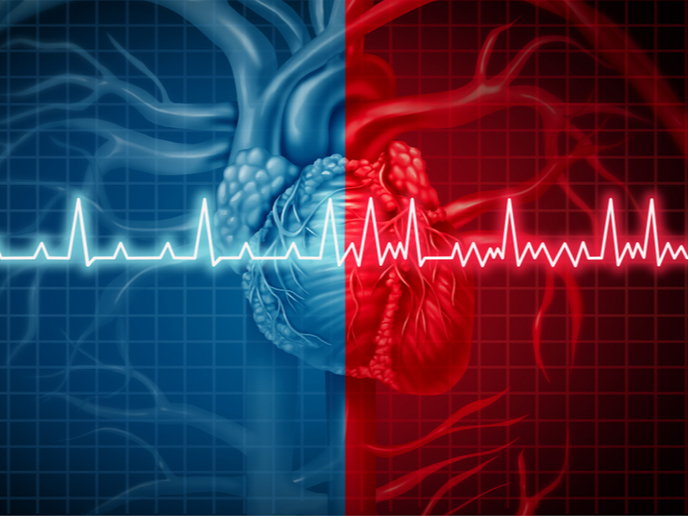Molecular breakthrough gives hope to kidney disease patients
Kidneys play a critical role in maintaining good health by clearing excess water and waste from blood to prevent toxic build-up. When kidney function is impaired, this can lead to serious health consequences. While scarring of kidney tissue is a hallmark of chronic kidney disease, the mechanisms behind this process remain unclear. “Broadly speaking, kidney disease is a state when the function of one's kidneys is reduced,” explains DIE_CKD(opens in new window) project coordinator Janka Babickova from the University of Bergen(opens in new window) in Norway. “Two main causes of chronic kidney disease are diabetes and hypertension.” Due to a lack of early diagnoses and effective treatments, the condition progresses and, in its final stages, requires dialysis and/or kidney transplantation. “While dialysis significantly reduces a patient’s quality of life, transplantation lists are long and organ availability is limited,” notes Babickova. “Moreover, both treatment options are expensive and pose a significant economic burden on healthcare systems.”
Addressing kidney disease screening
The EU-funded DIE_CKD project, which was undertaken with the support of the Marie Skłodowska-Curie Actions(opens in new window) programme, sought to address some of the current shortfalls in kidney disease screening. Each kidney has about a million tiny filtering ‘units’ comprising a glomerulus and a tubule(opens in new window). Standard tests used for diagnosing kidney disease focus on the filtration ability of the kidney, by measuring the accumulation of nitrogen waste in blood and proteins in the urine. “Unfortunately, these standard tests are notoriously unreliable for diagnosing early-stage kidney disease,” adds Babickova. For the diagnosis of specific kidney disease, renal biopsy is usually required. A kidney biopsy is an invasive procedure, and although relatively safe, there are possibilities of complications.
Identifying new kidney disease biomarkers
“To address this, we focused on gaining a better understanding of the factors responsible for disease progression. We wanted to study a range of tubular injuries, their effect on glomerular injuries, and to analyse the mechanisms behind these,” Babickova explains. The hope was that these findings could then serve as both therapeutic targets and diagnostic tools. “The project consisted of three different stages,” says Babickova. “During the first phase, we worked on a special mouse model of kidney disease. This enabled us to study disease progression through analysing interactions between two different compartments of the kidney.” During the second phase, Babickova and her colleagues worked on establishing new methods to analyse kidney injury in human samples. In the third and final stage, the project team – in cooperation with a laboratory in Slovakia – analysed the potential of extracellular DNA as an alternative injury biomarker for kidney diseases.







